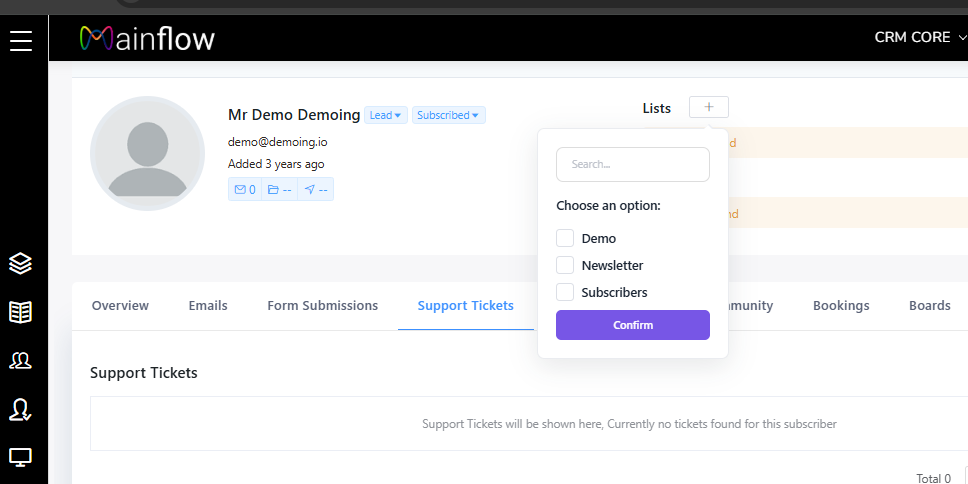5 Proven Steps to Know Your Customers Better with Mainflow CRM
Meta Description: Learn 5 actionable ways to know your customers better. Discover how Mainflow CRM helps you build customer profiles, track real-time behavior, and create personalized marketing campaigns that boost loyalty.
Why Knowing Your Customers Matters
Marketing success depends on more than flashy campaigns—it relies on how well you know your customers. As your business grows, customer needs and preferences become more diverse, and meeting those expectations is key to building trust and loyalty.
Whether you’re running email marketing campaigns, social media ads, or giveaways, the foundation of every decision should be customer insights. Without them, even the most creative campaigns risk missing the mark.
Here’s why customer knowledge is essential:
- 96% of buyers base brand loyalty on customer service experiences.
- Companies with strong customer experience strategies outperform competitors 80% of the time.
- 80% of consumers are more likely to purchase again if brands provide relevant recommendations.
The takeaway? If you want long-term success, you must understand your customers’ behavior, preferences, and motivations—and align your marketing strategy accordingly.
5 Steps to Understand Your Customers with Mainflow CRM
Getting to know your customers isn’t a one-time task. It requires structured effort and the right tools. Here are five proven steps to know your customers better using Mainflow CRM.
1. Build Comprehensive Customer Profiles
To personalize marketing, you first need to treat each customer as an individual. Customer profiles consolidate key details like:
- Purchase history
- Engagement with campaigns
- Support interactions
- Demographics
With Mainflow CRM, profiles are automatically created and updated with every interaction. Over time, these profiles provide rich customer data management, helping you see patterns and design strategies that resonate.
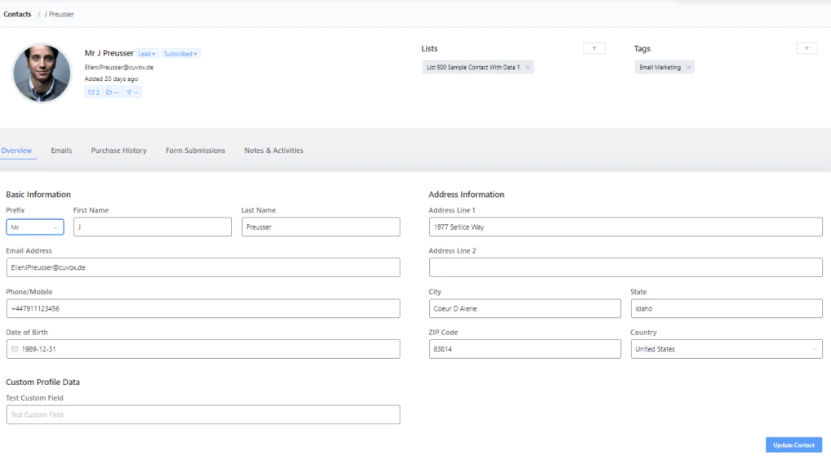
2. Track Real-Time Customer Behavior
Today’s buyers expect seamless, personalized journeys. To meet those expectations, businesses need real-time customer tracking.
Mainflow CRM makes this easy by instantly updating customer activity—whether they opened your email, clicked a product link, or submitted feedback. This allows you to:
- Analyze customer behavior quickly
- Refine campaigns for higher engagement
- Deliver personalized marketing campaigns at the right moment
Real-time insights are a game-changer for businesses aiming to stay ahead of customer expectations.
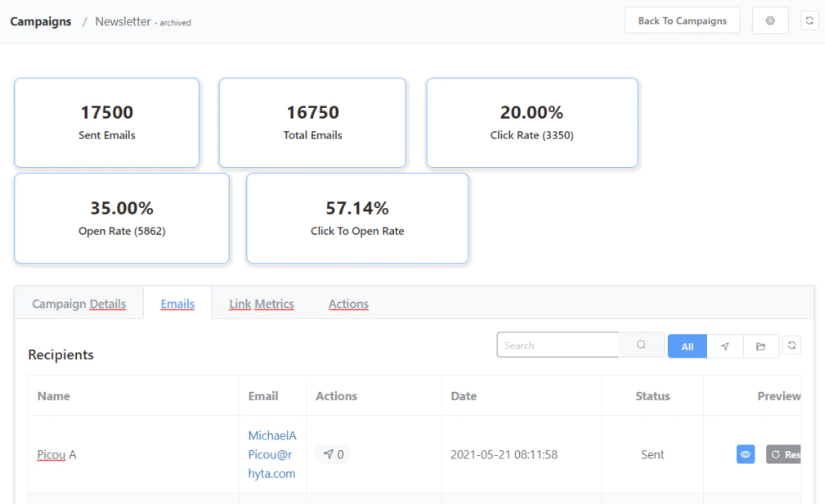
3. Segment and Categorize Your Audience
Generic campaigns don’t cut it anymore. To connect meaningfully, you need audience segmentation.
With Mainflow CRM, you can categorize contacts based on:
- Purchase frequency
- Product type
- Geographic location
- Engagement level
The platform’s Dynamic Segmentation automatically groups customers when they meet certain conditions. This makes it easier to create highly targeted campaigns that feel relevant—and significantly improve conversion rates.
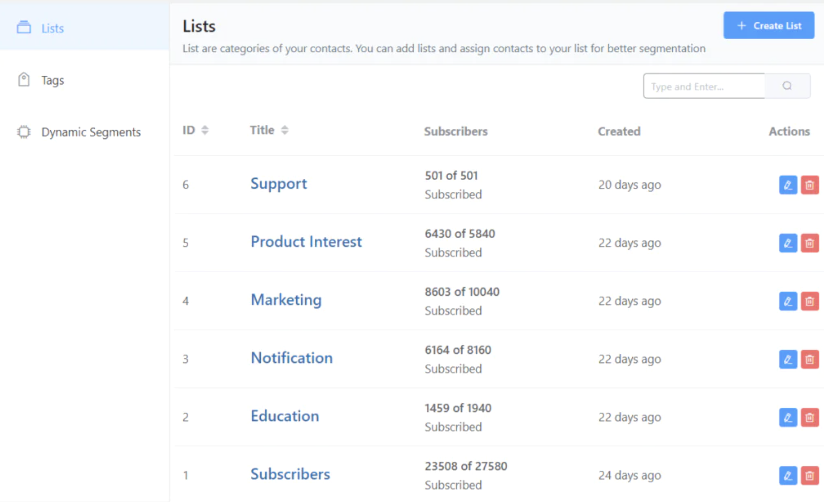
4. Use Customer Service as a Source of Insights
Your customer service interactions are one of the most valuable sources of feedback. Each call, chat, or email reveals insights into customer satisfaction and potential areas for improvement.
Equip your support team with structured questionnaires to gather feedback on:
- Ease of product use
- Satisfaction with service
- Suggestions for improvements
Even small amounts of feedback provide actionable insights that can shape your customer-centric marketing strategies. Luckily, customer service come sbuilt in and seamlessly integrated in Mainflow:
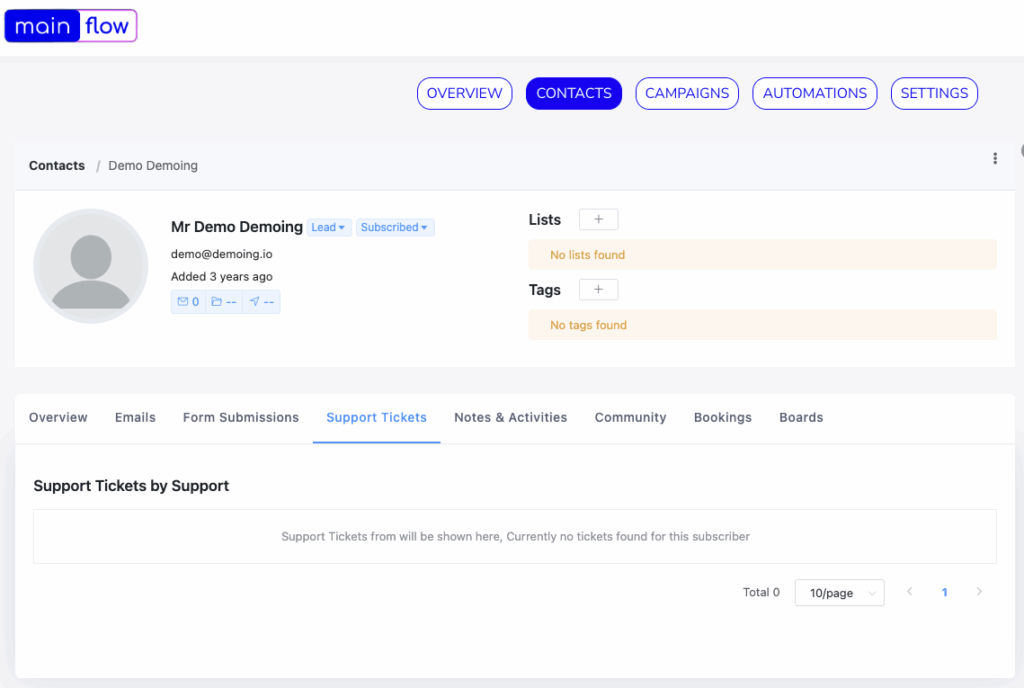
5. Explore Customer Preferences Beyond Products
Sometimes the best way to connect isn’t by promoting your product but by engaging with broader interests. Sharing content on trending topics, industry news, or lifestyle subjects can:
- Humanize your brand
- Spark conversations with your audience
- Provide insights into personal tastes and values
This approach not only builds rapport but also strengthens long-term customer engagement.
Building a Centralized Customer Database
To maximize value, all customer data should live in a centralized database. This allows you to connect the dots between surveys, purchase history, and interactions.
Practical methods include:
- Surveys & Polls: Short, unbiased, and focused on actionable feedback.
- Direct Feedback: Responding to both positive and negative reviews to build trust.
- Customer Testimonials: Learning from real-world experiences to refine your offerings.
Mainflow CRM brings all this data together, enabling smarter decision-making and more targeted personalized campaigns.
Conclusion
The path to marketing success begins with one principle: know your customers. When you understand their behaviors, preferences, and expectations, you can design strategies that build trust, loyalty, and long-term growth.
With Mainflow CRM, you gain the tools to build customer profiles, track real-time behavior, segment your audience, and manage data efficiently—all from a single platform.
In today’s competitive market, businesses that put customer insights first will always have the edge.
The better you know your customers, the stronger your business becomes.
Frequently Asked Questions (FAQ)
1. Why is it important to know your customers?
Knowing your customers allows you to understand their needs, preferences, and behavior. This helps you create personalized marketing campaigns, improve customer satisfaction, and build long-term loyalty.
2. How does Mainflow CRM help businesses know their customers better?
Mainflow CRM centralizes customer data into detailed customer profiles, tracks real-time customer behavior, and offers audience segmentation. These features give businesses a 360° view of their customers and enable more effective marketing strategies.
3. What are the best ways to collect customer insights?
Some proven methods include:
- Creating surveys and polls
- Tracking purchase behavior and engagement
- Using customer service interactions for feedback
- Monitoring real-time data with a CRM like Mainflow
4. What is audience segmentation and why does it matter?
Audience segmentation is the process of dividing customers into groups based on shared characteristics such as demographics, purchase history, or engagement level. It allows businesses to send targeted, relevant messages instead of generic campaigns—improving conversions and customer loyalty.
5. How can businesses use customer feedback effectively?
Customer feedback should be collected, analyzed, and acted upon. By responding to both positive and negative reviews, businesses can show they value their customers’ opinions and make meaningful improvements to their products or services.
